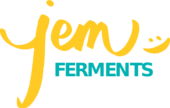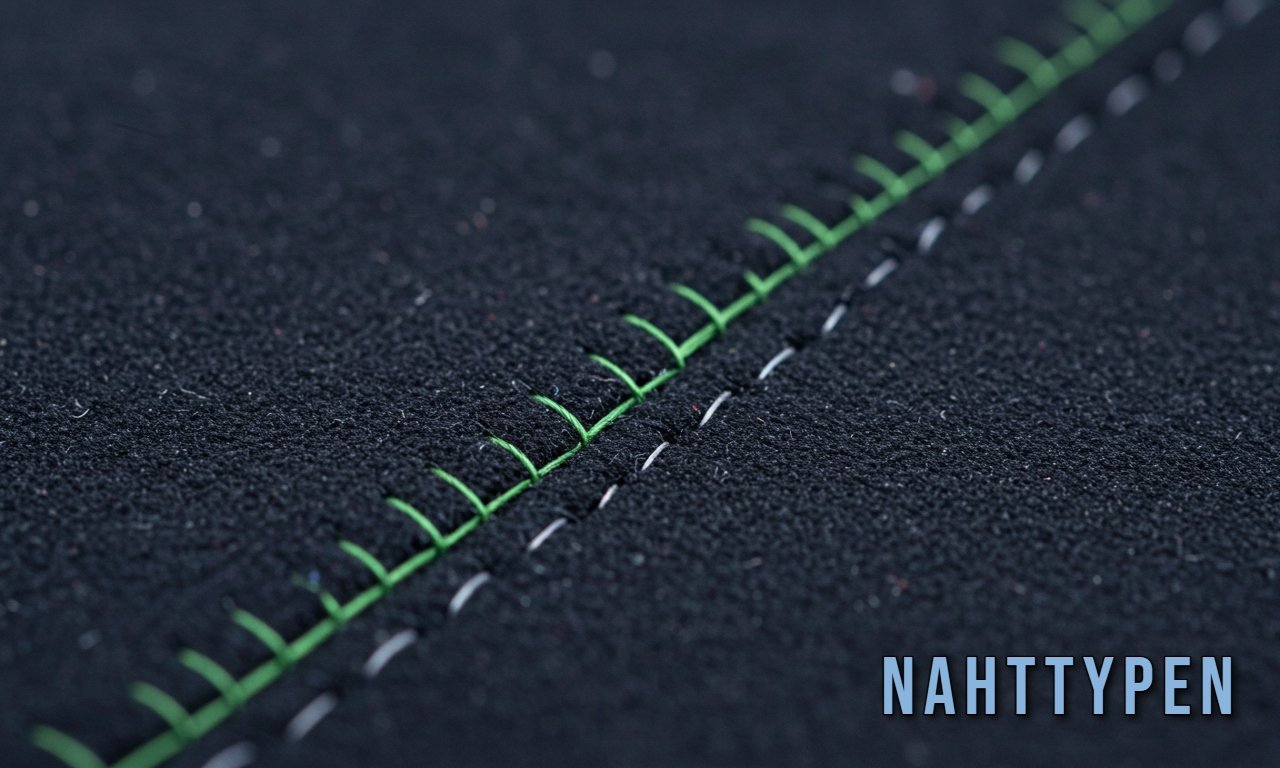In the world of textiles and fashion, even the smallest details make a huge difference. Among these, nahttypen—the German term for “types of seams”—play a critical role in how garments, upholstery, and accessories are made. While most people notice color, texture, or design first, experts know that the quality and strength of sewing often depend on the type of seam used.
Understanding nahttypen opens a window into the craftsmanship behind every well-made product. From delicate silk blouses to sturdy leather bags, the choice of seam determines not only durability but also comfort, flexibility, and aesthetics. This article explores the fascinating world of nahttypen, their types, uses, and the techniques that make them indispensable in sewing and design.
What Does Nahttypen Mean?
The term nahttypen comes from the German words Naht (seam) and Typen (types). In sewing and tailoring, it refers to the various ways in which fabric pieces are joined together using stitches. These methods differ in structure, strength, and appearance, depending on their intended purpose.
You Might Also Like: Blazertje
For instance, the seams in jeans are made to endure stress and friction, while those in formal wear focus on smoothness and elegance. In short, choosing the right seam type is a blend of engineering and artistry—an invisible detail that defines the integrity of the entire product.
The Importance of Nahttypen in Sewing
Nahttypen are far more than just stitching patterns. They serve functional and aesthetic purposes that influence how a fabric behaves. The correct seam ensures:
- Durability: Prevents fraying and tearing under pressure.
- Flexibility: Allows the garment to stretch without damage.
- Neat Finish: Enhances visual appeal and professional appearance.
- Comfort: Prevents bulkiness and irritation when worn.
Whether you are a beginner or a professional tailor, mastering nahttypen is essential to achieving a flawless finish in your creations.
Historical Evolution of Nahttypen
The history of nahttypen dates back to the earliest forms of sewing. Ancient cultures stitched animal hides with sinew and bone needles, developing primitive seam types for strength and insulation. As fabric weaving evolved, so did sewing techniques.
During the Industrial Revolution, the invention of the sewing machine revolutionized garment making. This allowed for uniform stitches and more complex seam constructions. By the 20th century, specific nahttypen were standardized for different industries—fashion, upholstery, sportswear, and even aerospace textiles.
Today, technology and automation have refined seam quality, but the basic principles remain rooted in traditional craftsmanship.
The Anatomy of a Seam
Before diving into specific nahttypen, it’s crucial to understand the anatomy of a seam. A seam is made up of:
- Seam line: The stitching line where two fabrics meet.
- Seam allowance: The extra fabric on either side of the seam that prevents unraveling.
- Stitch type: The actual thread pattern holding fabrics together.
- Finish: The method used to protect or hide raw fabric edges.
Different combinations of these elements give rise to various seam types, each with its own function and character.
Basic Categories of Nahttypen
There are several ways to classify nahttypen, but they generally fall into three main categories:
- Open Seams: Both seam allowances are pressed open, ideal for lightweight or medium fabrics.
- Closed Seams: The seam allowances are folded together and stitched for strength, often used in denim and heavy-duty fabrics.
- Decorative Seams: Created not just for function but also for aesthetic effect, often seen in topstitching or fashion detailing.
Plain Seam – The Foundation of All Nahttypen
The plain seam is the most common and basic among all nahttypen. It involves placing two fabric pieces right sides together and stitching along the edge.
Applications:
- Everyday clothing
- Linings
- Lightweight fabrics
Advantages:
- Simple and fast to make
- Minimal bulk
- Ideal for most sewing projects
Even though it’s simple, mastering a perfect plain seam requires precision in alignment and stitching consistency.
French Seam – Elegance and Neatness
The French seam is one of the most refined nahttypen, often used in high-end garments and delicate fabrics like silk or chiffon. It encloses raw fabric edges within the seam, preventing fraying and providing a clean, professional look.
Applications:
- Luxury fashion
- Children’s clothing
- Sheer materials
Advantages:
- Strong and long-lasting
- Visually appealing on both sides
- Great for fabrics that fray easily
It takes more time to sew but offers unmatched beauty and durability.
Flat-Felled Seam – Strength and Structure
Among functional nahttypen, the flat-felled seam stands out for its strength. Commonly found in jeans and workwear, this seam involves folding and stitching fabric layers in a way that hides raw edges completely.
Applications:
- Denim and outerwear
- Sportswear
- Industrial textiles
Advantages:
- High durability
- Double stitching for reinforcement
- Clean finish inside and out
Flat-felled seams can withstand repeated washing and heavy movement, making them a favorite for robust garments.
Lapped Seam – Function Meets Design
The lapped seam is one of the most versatile nahttypen, where one fabric edge overlaps another before stitching. It’s frequently used in leatherwork, upholstery, and non-fraying materials.
Applications:
- Jackets and coats
- Bags and accessories
- Automotive and furniture upholstery
Advantages:
- Excellent strength
- Minimal fraying
- Can be decorative with visible stitching
It combines structure and style, serving both functional and aesthetic needs.
Bound Seam – A Touch of Refinement
The bound seam adds sophistication to any garment. Here, the raw seam edges are enclosed in a bias binding strip, adding both protection and decoration.
Applications:
- High-end tailoring
- Unlined jackets and skirts
- Quilting and luxury home decor
Advantages:
- Clean and elegant inside finish
- Reinforced edges for longer wear
- Opportunity for color contrast design
While more time-consuming, bound seams elevate garments to couture-level quality.
Overlocked Seam – The Modern Workhorse
An overlocked seam, often created using a serger machine, is one of the most efficient nahttypen for preventing fraying and ensuring flexibility. It trims, stitches, and seals the fabric edge simultaneously.
Applications:
- Knitwear and stretch fabrics
- Sportswear and activewear
- Mass-produced clothing
Advantages:
- Fast and efficient
- Stretchable and durable
- Professional, clean edge finish
Overlocking has become the standard in modern garment manufacturing for its speed and versatility.
Decorative Nahttypen – When Function Becomes Art
Beyond their technical roles, nahttypen can also serve decorative purposes. Topstitching, twin-needle seams, and piping seams add visual interest and individuality to garments.
Applications:
- Fashion detailing
- Home decor
- Handcrafted designs
Decorative seams transform simple clothing into artistic expressions while reinforcing structure.
Choosing the Right Nahttypen for the Fabric
Selecting the proper nahttypen depends on fabric type, garment purpose, and design intent. For instance:
| Fabric Type | Recommended Seam |
| Lightweight fabrics | French seam |
| Denim or canvas | Flat-felled seam |
| Stretch fabrics | Overlocked seam |
| Sheer fabrics | Bound seam or French seam |
| Leather or vinyl | Lapped seam |
Matching the seam type to fabric ensures durability, flexibility, and a professional finish.
Nahttypen in Industrial Applications
Beyond fashion, nahttypen play a crucial role in technical and industrial sectors. Specialized seams are designed for products like tents, airbags, and medical textiles. These require advanced stitching methods to ensure waterproofing, airtightness, and tensile strength.
Precision sewing in industries depends on consistency, which is why automated machines now produce high-performance seams with minimal error margins.
Innovations in Nahttypen
Technology has revolutionized the world of nahttypen. Modern machines now offer programmable stitch patterns, laser-cut seam lines, and even ultrasonic welding for synthetic materials.
These innovations allow for:
- Seamless finishes without thread
- Enhanced durability
- Greater production efficiency
Digital sewing systems also make customization easier, blending traditional craftsmanship with modern precision.
Sustainability and Eco-Friendly Nahttypen
With sustainability becoming a global priority, nahttypen are also evolving. Eco-conscious brands are choosing biodegradable threads, recycled materials, and energy-efficient sewing techniques.
Additionally, minimizing waste through precise seam placement reduces excess fabric usage. Sustainable seam construction is now a vital part of responsible fashion and manufacturing.
The Artistic Side of Nahttypen
Though rooted in function, nahttypen also represent creativity. Designers often use contrasting thread colors, decorative stitching, and unconventional seam placements to make bold artistic statements.
In this sense, seams are not just hidden joints—they are design elements that express individuality and craftsmanship.
Conclusion
Nahttypen may seem like a technical detail, but they are the backbone of every quality garment and textile product. Each seam type, from the simple plain seam to the complex flat-felled or bound seam, reflects a balance between function and beauty.
Understanding and mastering nahttypen empowers designers, tailors, and hobbyists to elevate their creations from ordinary to exceptional. They remind us that in sewing, as in life, strength and elegance often lie in the hidden details.

